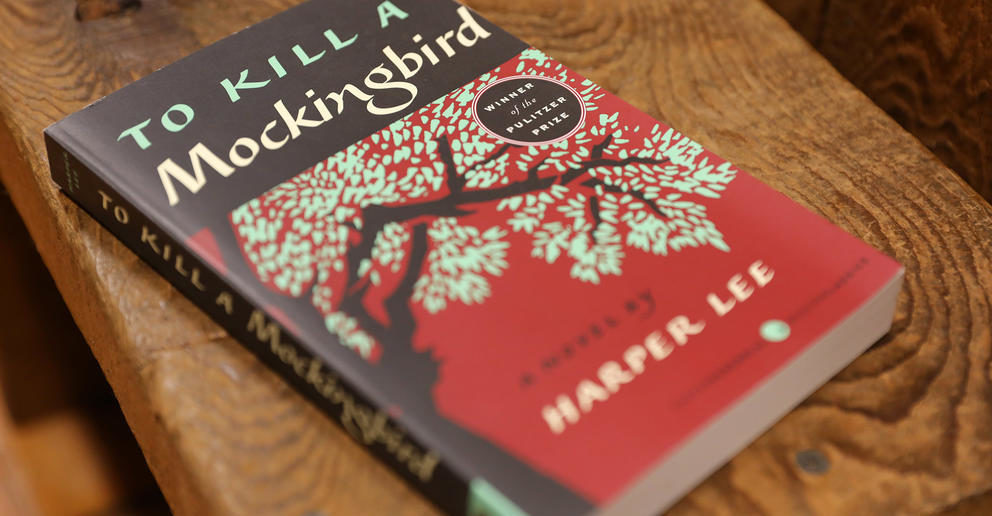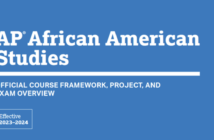By Jenn Arias ’23
Staff Writer
The First Amendment is one of the most questioned and misunderstood of all the Bill of Rights. Our freedom of speech has been questioned, our freedom of religion attacked, and now they are coming after our books.
Book banning can be traced all the way back to 212 B.C., when “Chinese Emperor Shih Huang Ti is said to have buried alive 460 Confucian scholars to control the writing of history of his time…he burned all the books in his kingdom,” according to freedomtoread.com.
Slightly closer to the present, Thomas Morton arrived in Massachusetts in 1624 only to discover he didn’t want to abide by the Puritans’ laws and values. In response, he established his own colony by writing his own book which, according to readingpartners.org, attacked “Puritan customs so harshly that even the more progressive English settlers disapproved.”
This is where we obtained the idea of censorship in America. We are all familiar with CDs releasing “explicit” and edited versions of albums to let the listener decide what is appropriate for their personal tastes. However, parents of school children are taking it a step further, demanding certain books be banned from curriculum and libraries due to certain subject matters.
This is not the first time we have seen parents concerned about content in classrooms. However, the books that are under evaluation in certain states in recent months are the same exact books that have been under scrutiny for decades.
Most of these novels have been taught in our own high school classrooms.
The most common cause of rejection are subject matters involving violence, drugs, sexual activity, homosexuality, and racial issues. Some of the novels that continue to be in question are “To Kill a Mockingbird” by Harper Lee for “improperly” portraying race and history of slavery, “The Diary of a Young Girl” by Anne Frank for German warfare brutality, “The Great Gatsby” by F. Scott Fitzgerald for idealizing prohibition, “Fahrenheit 451” by Ray Bradbury for wartime portrayal, “Lord of the Flies” by William Golding for child violence, and “The Catcher in the Rye,” by J.D. Salinger for inappropriate student activities (including gambling, skipping class, suicidal thoughts), to name a few.
A sample survey of Lake Forest College students proved these were the most well-known of a list of 42 banned books, with almost every student already studying them in high school.
While book banning is still up for debate in some high schools across the country, it is more common in children’s literature and the rising art of graphic novels. The largest fear is that “children will be swayed by its contents,” according to The First Amendment Encyclopedia. “They commonly fear that these publications will present ideas, raise questions, and incite critical inquiry among children that parents, political groups, or religious organizations are not ready to address or that they find inappropriate.”
Even if we take out the resource of offensive physical written work in educational environments, there is always the internet and news sources. The news has never been more violent because there is not much that is acceptable to censor in hard news, and with Wi-Fi on every campus, and always available at one’s fingertips, one can virtually find anything on the internet without difficulty—not to mention, most children in America can easily navigate an iPad.
While it may make sense to some to shelter younger students against ideas that may be scary or misunderstood, according to The First Amendment Encyclopedia, “opponents of bans argue that by restricting information and discouraging freedom of thought, censors undermine one of the primary functions of education: teaching students how to think for themselves.”
It is an educator’s primary responsibility to present the facts and let students make up their own minds on how they feel about a certain subject matter. We all come from vastly different backgrounds, cultural values, and customs. What may be acceptable to one may be blasphemous to another. What is important is that we are all inclusive and learn from history, from subjects we may not be familiar with, and, most importantly, learn from each other.
The First Amendment protects our right to receive and express information and new ideas. To restrict access to a certain level of information is taking steps into the past, not into the future.
In response to book restrictions, each September the American Library Association, the American Booksellers Association, the American Society of Journalists and Authors, the Association of American Publishers, and the National Association of College Stores sponsors an event called “Banned Book Week—Celebrating Freedom to Read.” Their main goal? Getting information out to the people, celebrating written work, and encouraging new ideas.
According to the American Library Association, their ultimate aim is to “emphasize that imposing information restraints on a free people is far more dangerous than any ideas that may be expressed in that information.”


